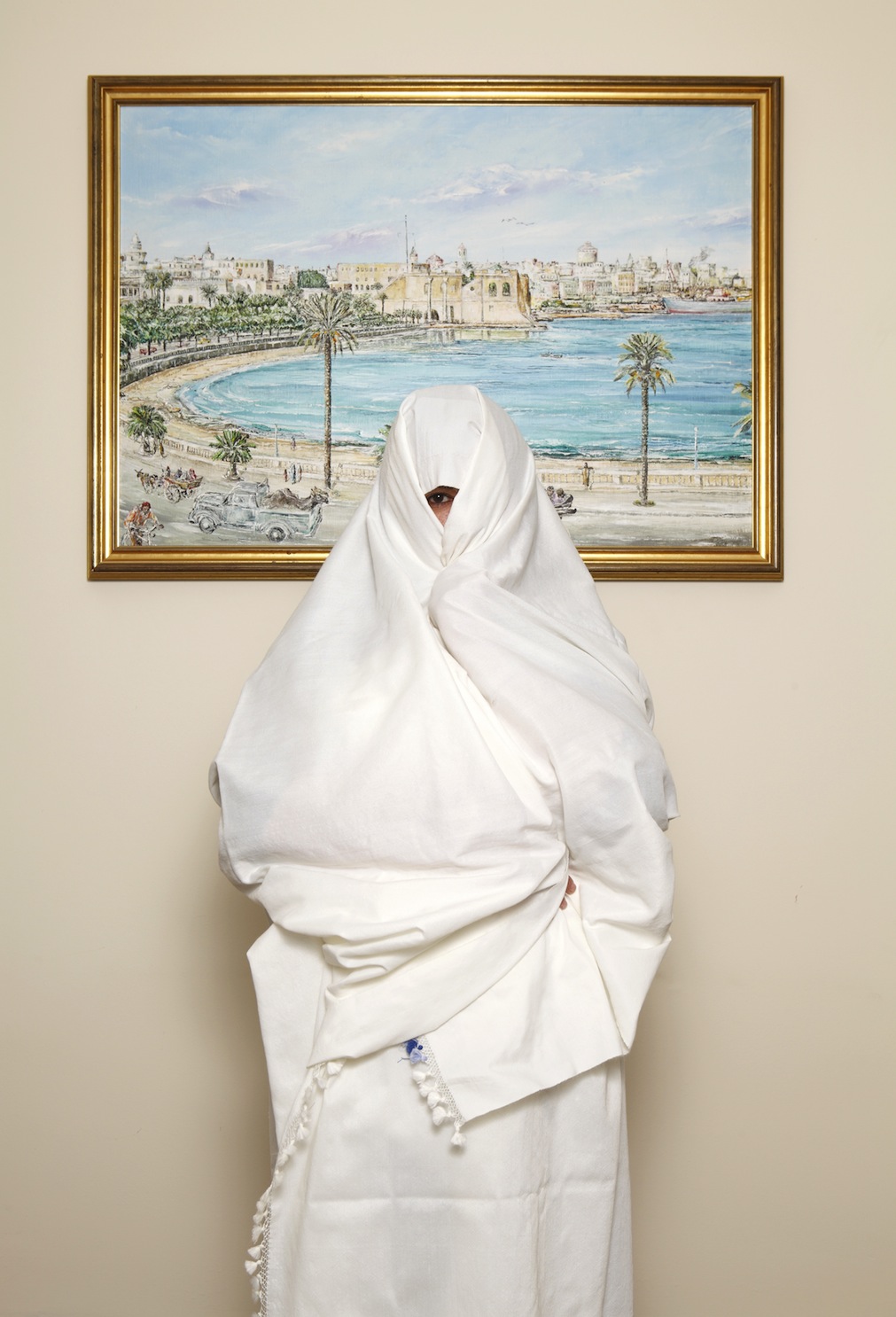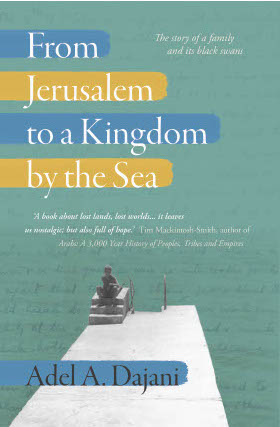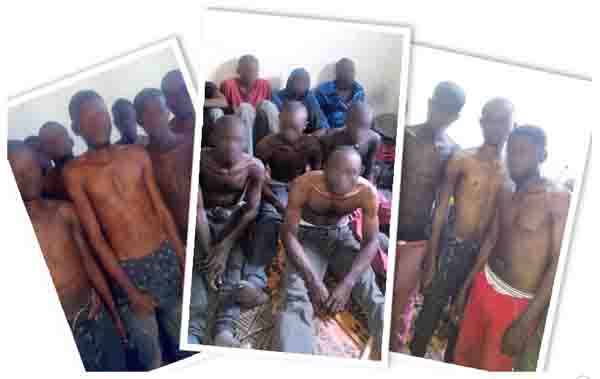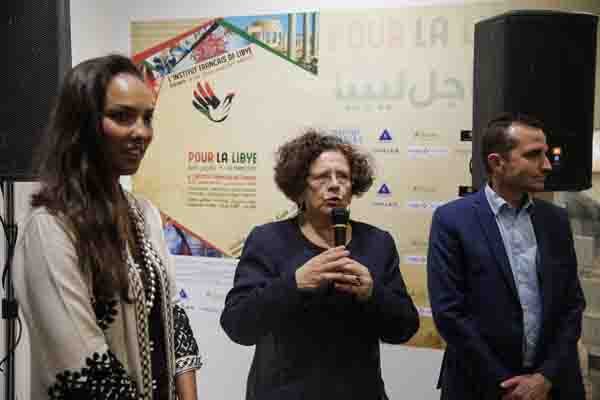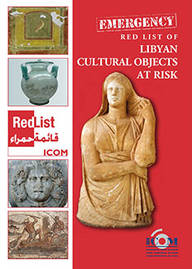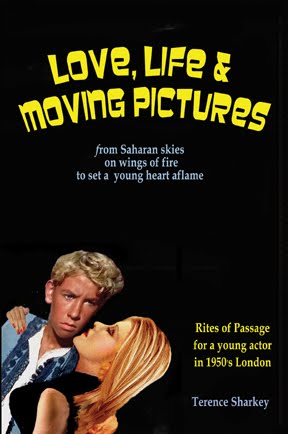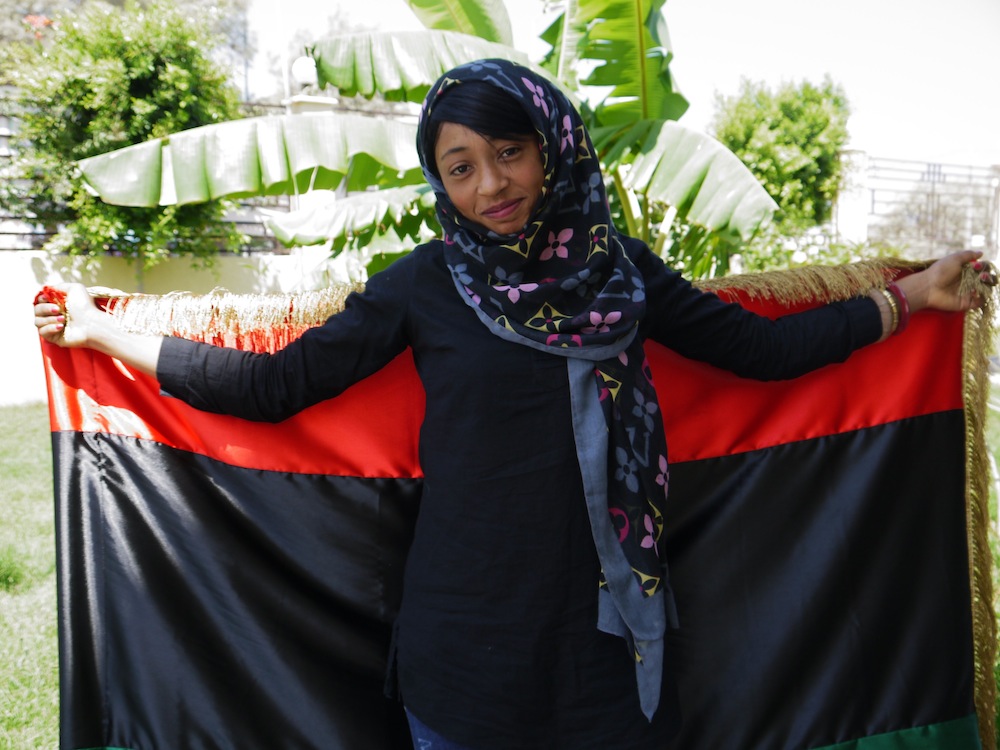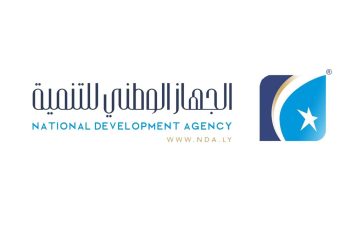By Nahla Al-Ageli.
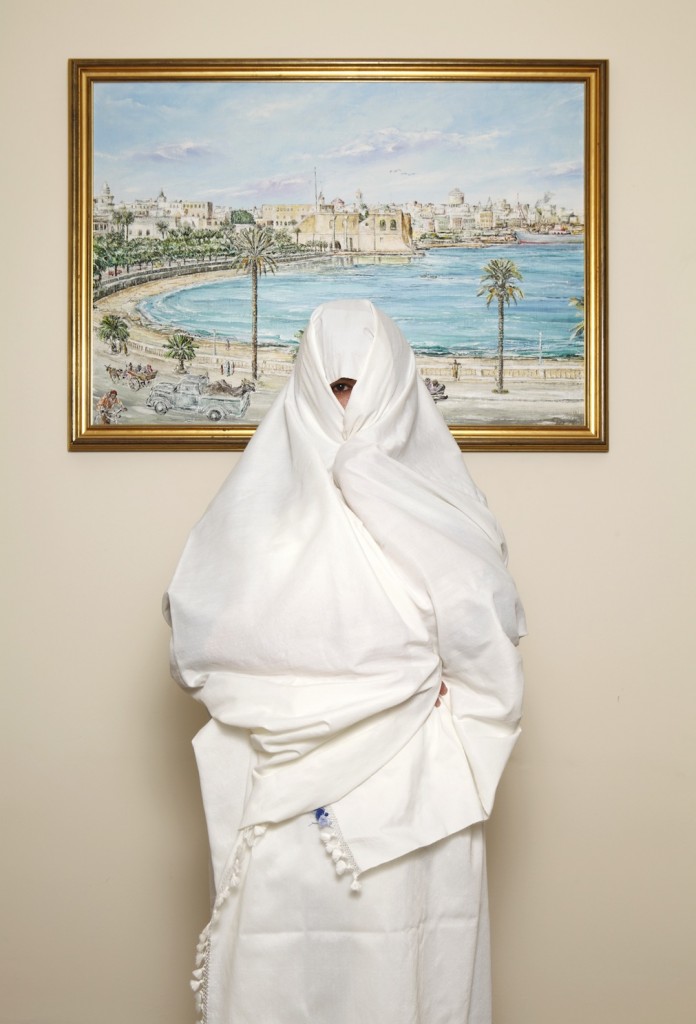
London, 26, July:
Mid-February 2011 – a surprise email arrived in my inbox from a talented and well-established British photographer, . . .[restrict]James O Jenkins, asking if I would like to sit for a photo-portrait to represent Libya’s participation at the London 2012 Olympics.
At the time, I hadn’t even realised that Libya would be taking part, as sports and politics had always been inter-mixed with dangerous consequences. The recent kidnapping and later release of Nabil Al-Alam, Libya’s President of the National Olympic Committee (NOC), only highlighted the problem.
So my initial response was hesitant and a little shy. Most certainly, I didn’t wish to represent Libya with any political association with Qaddafi’s government, and I knew that Libyan sports had been hijacked by Saadi and Mohammed Qaddafi for quite some time.
The former had been the obsessive and notorious control freak behind national football, forbidding popular support for individual players by banning the calling out of their names. He also pressurised referees to favour his Tripoli Ahli team and silenced any protest. The latter was then head of the NOC.
So much for fair play and the spirit of honest competition that typifies athleticism on the world stage. Despite all these challenges, five courageous Libyans did fairly qualify to take part in the individual sports. They are: Ali Mabrouk El-Zaidi (marathon runner), Sofyan El-Gidi (butterfly swimmer), Ahmed Koeseh (judo), Hala Gezah (100-metre sprint), and Ali El-Kekli (weightlifting).
When I finally decided to sit for the portrait in late March 2011, the Revolution had been pretty much underway and I took the risk to represent Libya in the hope that the country would be free by this July 2012. I also informed Jenkins that there were many gorgeous and much younger models he could choose from in London. But he insisted on me.
Jenkins said: “I was given the list of countries that were available and I don’t really know why I chose Libya. It’s worth noting that I chose it before the start of the revolution and the portrait was not to do with the political troubles there. It is about London and you being Libyan in this city.”
As readers of my website know, if there is anything I am super-passionate about, it really is London. To combine this love with providing an artistic expression piece for my country makes me feel very proud. As, finally, this week, the Libya portrait was unveiled, along with the other 203 images.
The Photographers’ Gallery, who commissioned Jenkins and over 200 others — all picked from London’s most noted, talented and emerging photographers — kept the project top-secret for three years. They admit it has been their most ambitious project to date and they are super pleased with the outcome.
Its stated artistic ambition and desire to showcase, through photography, London’s rich cultural diversity and celebrate its incredible mix of people from all over the world, is now free for all residents or tourists in London to view and appreciate. The 204 large-scale posters are at two sites: the external wall of the BT London Live site in Victoria Park, E3, and across the Park House city-block in Oxford Street, W1.
Jenkins and I are also very happy with the final Libya image and the choice of dress and background. Hopefully, it will please everyone for its simplicity and the intended different layers of meaning. (I did also take part in a related project, the Oral Histories, which will feature a recorded interview to go with my portrait.)
In the coming days, I intend to fully support our Libyan athletes and hope they will do us proud. For the future also, I hope that more young boys and girls can pursue sports for the joy and thrill of open and fair competition and to see it as a great measure of personal achievement.
From 27 July, ‘The World in London’ exhibition will also be online at: www.theworldinlondon.co.uk.
Nahla Al-Ageli writes at www.nahlaink.com, an Online Journal chronicling her life as an independent Arab woman living in London.
[/restrict]
